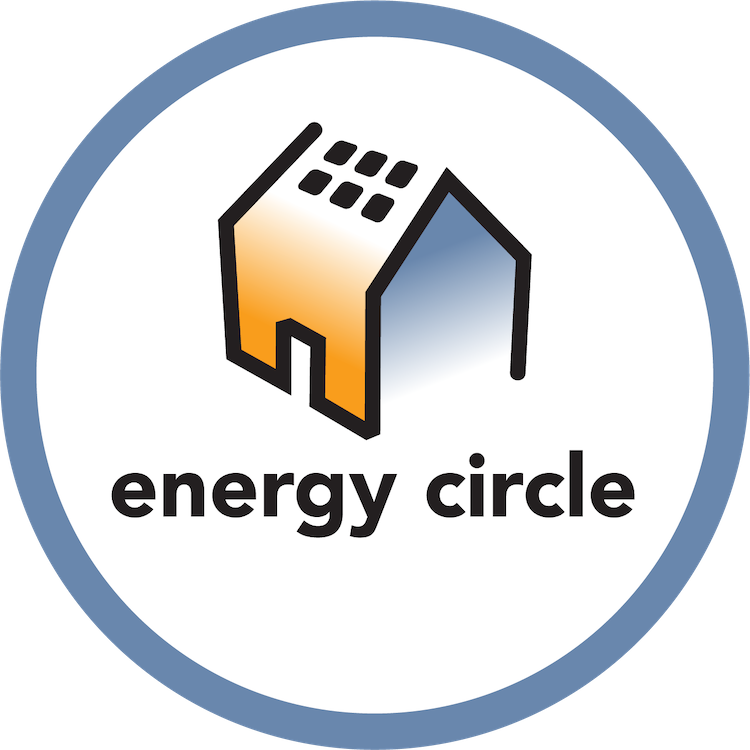Upcoming Inflation Reduction Act rebate programs will require many contractors across the country to calculate modeled energy savings at the outset of jobs. Today the opportunity is ripe for savvy high performance contractors to get on board early and differentiate themselves from competitors, as energy modeling is likely to become more and more prevalent for home performance and HVAC companies.
In this webinar, Energy Circle Founder and CEO Peter Troast is joined by Adam Stenftenagel, Co-Founder of Snugg Pro—one of the leading BPI-2400 compliant energy modeling tools on the market, to discuss how contractors can make the transition to energy modeling and then how to market their competitive advantage to customers.
Follow-up Q&A with Adam Stenftenagel
There were so many questions posed to PT and Adam during this webinar that we didn't get a chance to address them all live! After the webinar, we collected unanswered questions about the Snugg Pro software, and Adam was kind enough to respond:
1. What changes to the Snugg Pro platform can we expect now that Franklin has purchased it? Also, are there any future plans to incorporate LiDAR scanning or future AI capabilities/integration?
No changes are expected to the platform other than additional new features and integrations. We do not have LiDAR scanning or AI on our roadmap at this time.
2. Are you familiar with the NYSERDA modeling program? Would you see any value in using Snug Pro in tandem with the NYSERDA modeling software?
We're not super familiar with the latest NYSERDA tools. We would of course be open to integrating with their tools to provide BPI-2400 compliant modeling.
3. How many months of bills are required? How do you disaggregate the portion of electric bills that are only going to heating and cooling in an all electric home?
The rules are fairly complex, but ultimately, 12 months of usage would ensure you are covered. You can see the complete details here.
4. One of my concerns with Snuggpro, and I've used it a lot, is that when I run a model and I opt for certain improvements to model, it only gives a percent energy savings for the collection of improvements as a whole. Contrast this with OptiMiser, which lists the modeled energy savings of each individual area of the home (attic, basement, duct sealing, etc.), both chosen and not chosen, as well as the chosen model as a whole. This means to provide options to clients we'd have to "recalculate" a lot of variations to show clients how they can reach 20%+. Is this an area that might be re-considered moving forward?
We currently utilize OptiMiser as the modeling engine behind Snugg Pro, so all of the savings calculations are the same. You can view the energy savings estimates for each measure in the sidebar of the individual measure when you click on it from the refine screen. So, yes we have all of that same data available, just not displayed all on one screen. We can consider offering up more information on the recommendations page in the main view.
5. Will there be advanced savings illustration features in any upcoming versions of Snugg Pro? For example, illustrating time value of money for no-interest energy loans— something to accurately illustrate more to the customer to help with sales.
We already have an excellent financing section built right into Snugg Pro's report. It details net monthly cash flow (payments vs. savings) and can handle different interest rates and terms. We also have an MIRR calculation built into the report that shows the return your improvement gets on your investment.
6. Is the software smart enough to handle a gas/electric conversion—either water heater or HVAC?
Yes, for sure. We've supported this since the beginning. We can demonstrate savings for full electrification including capping the gas line.
7. Any chance we could see "smart thermostats", "dual fuel heat pumps", or tracking the benefits of duct sealing in "semi-conditioned spaces" like minimally heated uninsulated basements (plenty in Upper Midwest) in Snugg Pro in the near future?
Modeling smart thermostats is pretty much impossible since they're entirely a behavior based tool. If you can get a sense of how a homeowner would actually keep the setpoints, you can put standard programmable setpoint data into Snugg Pro and model that savings.
We already support hybrid heating systems where you have a gas furnace plus an air source heat pump. You just enter two systems into Snugg Pro and adjust the load contribution accordingly.
And yes we already support semi-conditioned spaces. See the Basement Heating field in the Foundation section of Snugg Pro.
8. In the calibration processes, how much data is collected regarding how the home was occupied? Does it matter if the residents were away for a season or had guests for a month?
Vacations do indeed mess up weather normalization of the bills and make calibration harder. This is why the BPI-2400 standard has a simple and a detailed method for handling ok bills vs. great bills.
9. Can air sealing and duct sealing be separate items?
Yes, they very much are separately modeled items in Snugg Pro.
10. A house that has asbestos abatement is not recommended to do blower door testing. Would they not qualify for the IRA rebates then as they are not doing a BD test?
A blower door test most likely will not be required for HOMES rebates, but I would recommend against the DOE allowing savings towards the rebate with estimated blower door numbers. Ideally, if the home is going to get credit for air sealing, a pre- and post- blower door test should be performed.
